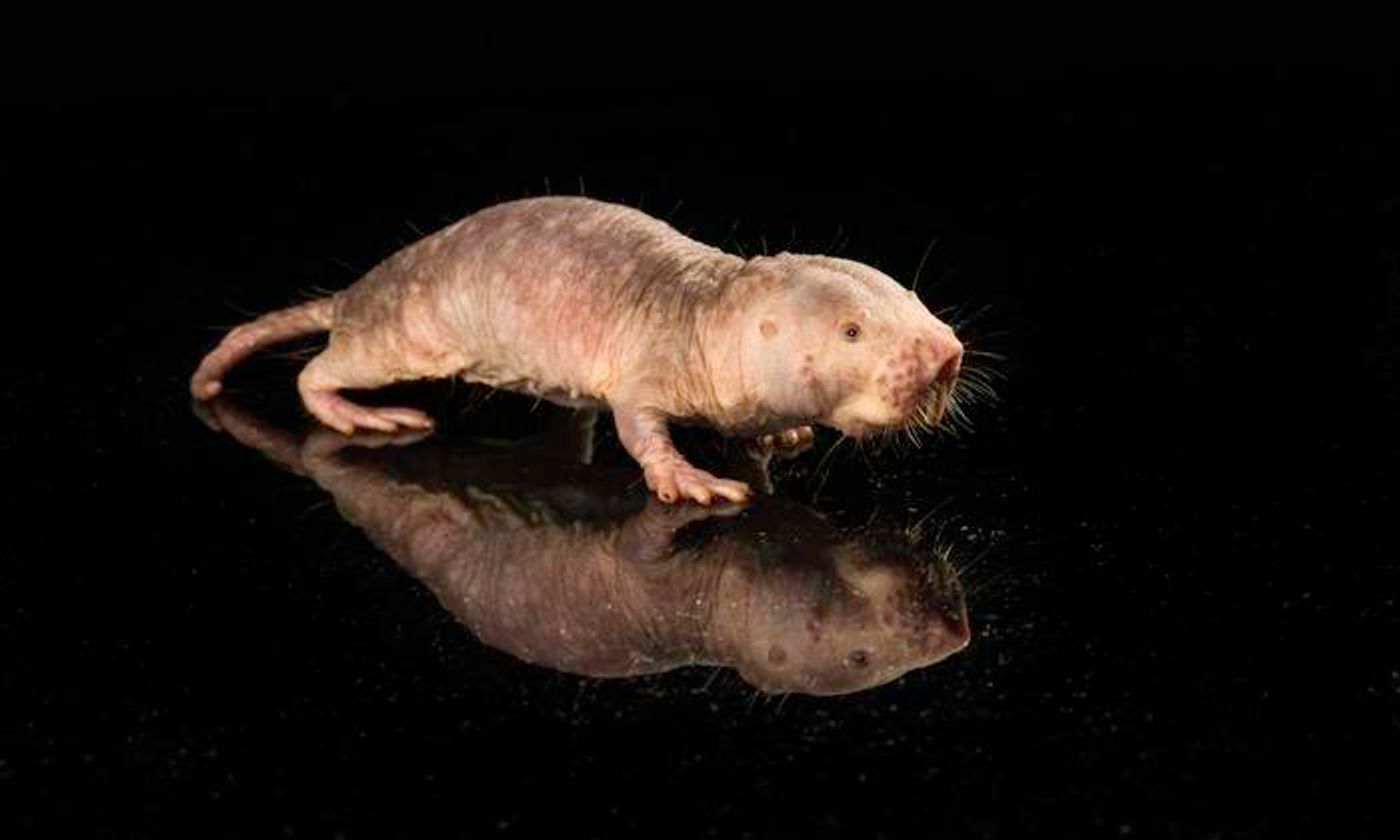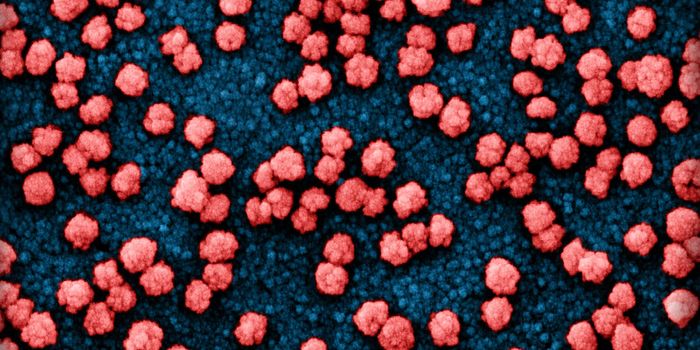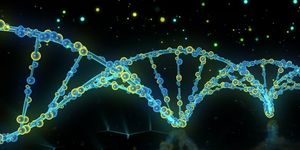A Naked Mole Rat Gene Improves Mouse Health, Extends Lifespan
Naked mole rats are very unusual animals. They live underground in harsh environments and have complex social structures. They are also highly resistant to age-related diseases like cancer and cardiovascular disease, and have unusually long lifespans for their size. Scientists have long studied these animals to learn more about the secrets of their health and longevity. Researchers have now taken a naked mole rat gene that encodes for high molecular weight hyaluronic acid (HMW-HA) and transferred it to a mouse model, which then exhibited a 4.4 percent increase in their median lifespan, and better health. The work has been reported in Nature.
"Our study provides a proof of principle that unique longevity mechanisms that evolved in long-lived mammalian species can be exported to improve the lifespans of other mammals," said senior study author Vera Gorbunova, the Doris Johns Cherry Professor of biology and medicine at Rochester.
Previous work by these researchers has shown that HMW-HA is one molecule that promotes cancer resistance in naked mole rats. Naked mole rats have about ten times the levels of HMW-HA compared to mice and humans. When HMW-HA was removed from naked mole rat cells, they became more prone to forming tumors.
To determine if the molecule could extend healthspan or lifespan in other animals, the researchers engineered mice to carry the a naked mole rat gene called hyaluronan synthase 2, which generates the HMW-HA protein. Although a hyaluronan synthase 2 gene is present in all mammals, the version carried by naked mole rats is more active.
The naked mole rat gene was found to confer better protection against spontaneous tumors and chemically induced skin cancer. The engineered mice lived longer and their health was better compared to unmodified mice; inflammation was lower in various body parts and the gut was healthier.
More work will be needed to reveal how HMW-HA exerts its beneficial effects, but the researchers suggested that it is related to functions of HMW-HA that are related to immune system regulation. The work may open up new understanding of how lifespan and healthspan can be improved in people.
"It took us ten years from the discovery of HMW-HA in the naked mole rat to showing that HMW-HA improves health in mice," said Gorbunova. "Our next goal is to transfer this benefit to humans."
It may be possible to reduce the degradation of HMW-HA or enhance HMW-HA production. "We already have identified molecules that slow down hyaluronan degradation and are testing them in pre-clinical trials," noted co-corresponding study author Professor Andrei Seluanov of the University of Rochester. "We hope that our findings will provide the first, but not the last, example of how longevity adaptations from a long-lived species can be adapted to benefit human longevity and health."
Sources: University of Rochester, Nature









